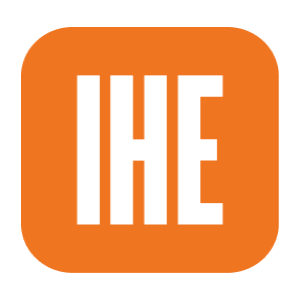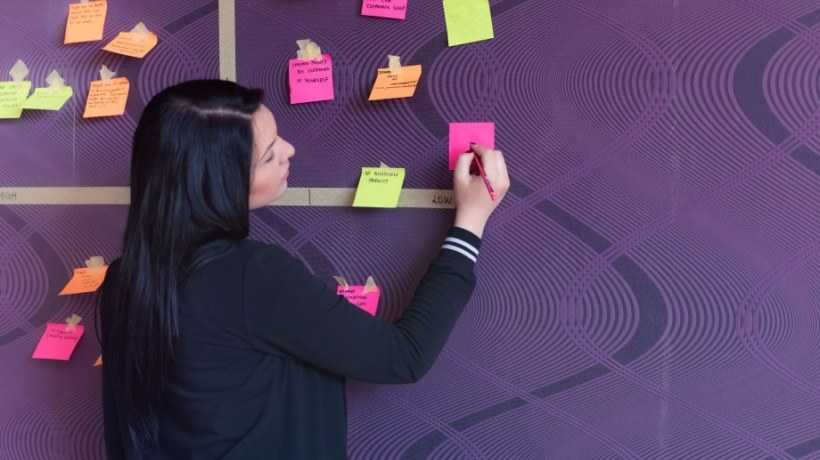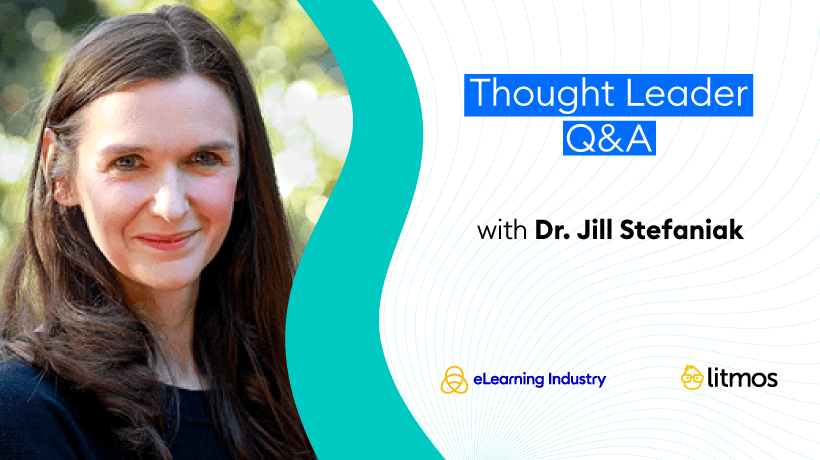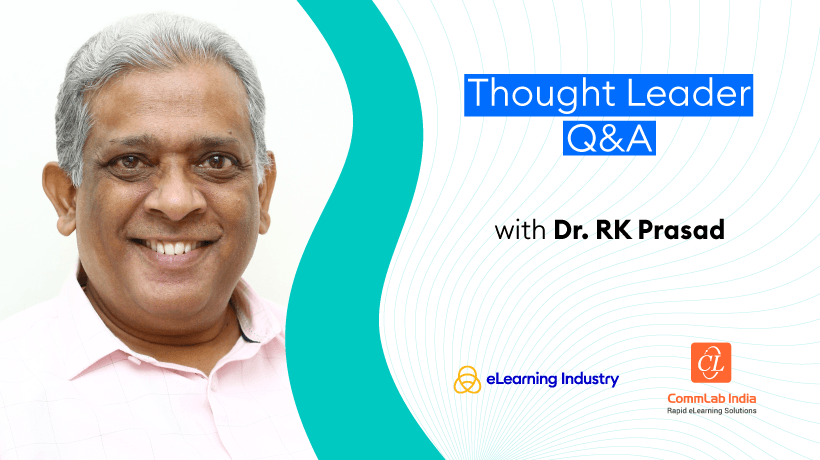#instructional-design
#instructional-design
[ follow ]
#elearning #learning-and-development #learner-engagement #microlearning #project-management #ai-in-education
Artificial intelligence
fromeLearning
2 weeks agoAI in Online Learning Analytics: What Actually Improves Design Cycles - eLearning
AI-driven learning analytics accelerates instructional design by interpreting learner data to enable real-time, evidence-based course improvements and iterative learning pathway refinements.
Law
fromeLearning
1 week agoHow to Choose an Effective Anti-Bribery and Corruption Training Provider - eLearning
Select an anti-bribery and corruption training provider offering industry-relevant, standards-aligned, role-based, scenario-driven, and engaging learning to drive ethical behavior and compliance readiness.
Online learning
fromeLearning Industry
2 weeks agoeBook Launch: Everything You Always Wanted To Know About Classroom To eLearning Conversion
Converting classroom materials to effective eLearning requires redesign for interactivity, engagement, and attention spans rather than merely importing existing L&D assets into authoring tools.
Online learning
fromeLearning Industry
2 weeks agoFrom Outsourcing To Strategic Offshore Development Of Learning Teams: Lessons For L&D Leaders
Build dedicated offshore learning teams as integrated extensions of L&D to achieve scalable, consistent, high-quality digital learning and better knowledge retention than task-based outsourcing.
fromeLearning Industry
3 weeks agoHot Off The Virtual Press: An Instructional Designer's Notebook
Starting a career in eLearning can be exciting but overwhelming. Where do you find the information you need? What tools should you consider? How do you ensure that the courses you develop align with the objectives? Fortunately, iSpring has created a roadmap to help you get up and running. The Instructional Designer's Notebook includes the fundamental resources, best practices, and expert tips you're looking for.
Online learning
Education
fromeLearning Industry
4 weeks agoBeyond The Hype: What Instructional Designers Really Need To Master In 2026
Instructional design in 2026 prioritizes strategic learning design, learning analytics, and learning experience design, emphasizing outcome-based metrics and cross-disciplinary skills.
fromeLearning Industry
1 month agoAutomating Storyboard Creation: How AI Agents Are Transforming Instructional Design
Every Instructional Designer (ID) knows the drill. You've completed your needs analysis, identified performance gaps, and gathered all your Subject Matter Expert content. Now comes the time-consuming task of creating detailed storyboards-formatting learning objectives, designing screen treatments, crafting assessment questions, and ensuring everything follows organizational standards. Hours turn into days as you meticulously structure content, proofread for errors, and maintain formatting consistency across dozens of screens. What if there was a way to reclaim 40% of that time by automating storyboard creation?
Education
fromeLearning Industry
1 month agoeLearning For The Global Audience: Essential Tips For Developing Multilingual eLearning Projects [eBook Launch]
As an eLearning vendor, one of the primary aims is to develop eLearning experiences that are relevant and meaningful for every member of your audience. But how do you design L&D for the global audience that's available in diverse formats, and which questions should you ask to determine the ideal development stages for your project? This guide serves as a step-by-step roadmap for creating an action plan, defining stakeholders, setting clear goals, and more.
Education
fromeLearning Industry
1 month agoThought Leader Q&A: Discussing The Transformative Role Of Artificial Intelligence In L&D With Dr. RK Prasad
Artificial Intelligence (AI) is no longer just a productivity enhancer. It has evolved into a strategic organizational capability that is transforming how businesses learn, adapt, and perform. Today, success depends on an organization's ability to close the AI literacy gap-the distance between technological potential and the capability to apply AI effectively and responsibly. This shift has profound implications for Instructional Design, corporate learning, and workforce readiness.
Online learning
Online learning
fromeLearning Industry
2 months agoTop 6 eLearning Trends To Watch In 2025: What Instructional Designers Need To Know
Instructional Designers must adopt generative AI, personalized adaptive learning, microlearning, immersive experiences, and data-driven design to create scalable, engaging digital learning in 2025.
fromInside Higher Ed | Higher Education News, Events and Jobs
2 months agoFeatured Gig: eLearning Developer at UConn
The e-learning developer 1 plays a central role in this effort by collaborating with instructional designers, faculty and staff to design and deliver high-quality courses that meet compliance requirements and research-based standards. Beyond content development, the role supports faculty growth and creates opportunities to integrate new technologies, experiment with innovative solutions and strengthen both teaching and learning. This work ensures that students benefit from inclusive, engaging and flexible educational experiences in an evolving digital environment.
Higher education
fromeLearning Industry
2 months agoSimple, High-Impact Visual Design Principles Every Instructional Designer Should Know
Text Required For Instructional Design/Development (Internal-Facing Text) Learning objectives Scope and sequence Blueprints for stakeholder sign-off Instructor guides Storyboards and scripts (for multimedia production) Text Required For Instructional Delivery (Learner-Facing Text) Course packaging (e.g., LMS home page) Schedule/syllabus Subject-oriented content (such as assigned textbooks or articles) Activity/assessment instructions User Interface writing for all ungraded practice interactivities Assessments and rubrics Video transcripts, closed captions, and callouts Image titles, captions, and callouts
Online learning
fromeLearning Industry
2 months ago6 Smart Ways To Reduce Training Time Effectively
In the fast-evolving landscape of work, organizations across industries are under growing pressure to ensure employees are equipped with the skills they need quickly and effectively. Whether it's onboarding new hires, upskilling existing teams, or keeping up with regulatory compliance, training has become a critical function where they can't afford to be inefficient. However, traditional training methods often demand significant time investments from both learners and L&D teams, sometimes without delivering the desired performance results.
Education
Online learning
fromInside Higher Ed | Higher Education News, Events and Jobs
3 months agoFeatured Gig: Instructional Designer at Springfield College
Hiring instructional designers supports faculty in designing high-quality in-person, hybrid, and online courses and advances university online growth and strategic pedagogical alignment.
fromInside Higher Ed | Higher Education News, Events and Jobs
3 months ago3 Questions for Senior Learning Designer Heather Hans
I'm an art major who worked in journalism for five years after college, doing writing and editing. Then I pursued my master's in library and information studies and worked for several years as an academic librarian focused on teaching and learning. I moved into instructional design for online learning at UNC Chapel Hill and then worked at Duke University for seven years, most recently as a senior learning experience designer.
Higher education
fromeLearning Industry
3 months agoSenior Instructional Designer
Collaborates with the Learning and Development team and designated Divisional partners. Designs, develops, and may help deliver grant and contract-funded instructional projects. Advises faculty and staff on effective use of instructional resources for specific projects. Conducts needs analysis and performance analysis to develop learner-centered experiences. Collaborates with faculty in writing Instructional Design criteria for grant and contract proposals. Working in partnership with Subject Matter Experts, develops design documents and/or storyboards outlining instructional objectives, methods, and assessment plans.
Education
fromeLearning Industry
3 months agoAI-Accelerated eLearning Development That Actually Works
This masterclass on AI-accelerated eLearning development isn't just another webinar; it's a game-changing session redefining how organizations approach learning design. It's the must-attend event for L&D leaders and Instructional Designers who want to dramatically speed up course creation without sacrificing quality. At the heart of this session is the blend of AI capabilities with proven learning science principles-showing you how to go from idea to impact in record time.
Online learning
fromeLearning Industry
4 months agoIs Bloom's Taxonomy Still Relevant In Modern eLearning Design?
Bloom's Taxonomy has been a fundamental framework in education for decades, but with the rise of AI and personalized learning, its relevance must be re-evaluated for modern instructional design.
Online learning
fromeLearning Industry
4 months agoInstructional Design Pitfalls: Why Clarity Is Not Optional, It Is A Moral Imperative
Instructional Designers often prioritize trendy jargon and intricate frameworks over learner clarity, leading to courses that may be polished but fail to deliver understanding.
Education
fromeLearning Industry
4 months agoWhy "Learning Styles" Are Holding L&D Back
"The idea of 'learning styles'—that individuals learn better when instruction matches their personal sensory preferences—has been around for decades. But research has repeatedly shown that this approach is unsupported by scientific evidence."
Education
Psychology
fromPsychology Today
6 months agoHow Clarifying Theory and Pedagogy Can Improve Learning
Confusing learning theory with pedagogy undermines effective instruction.
Learning must be defined by observable behavior, not assumed understanding.
Many frameworks labeled as learning theories fail to clarify learning processes.
[ Load more ]




















